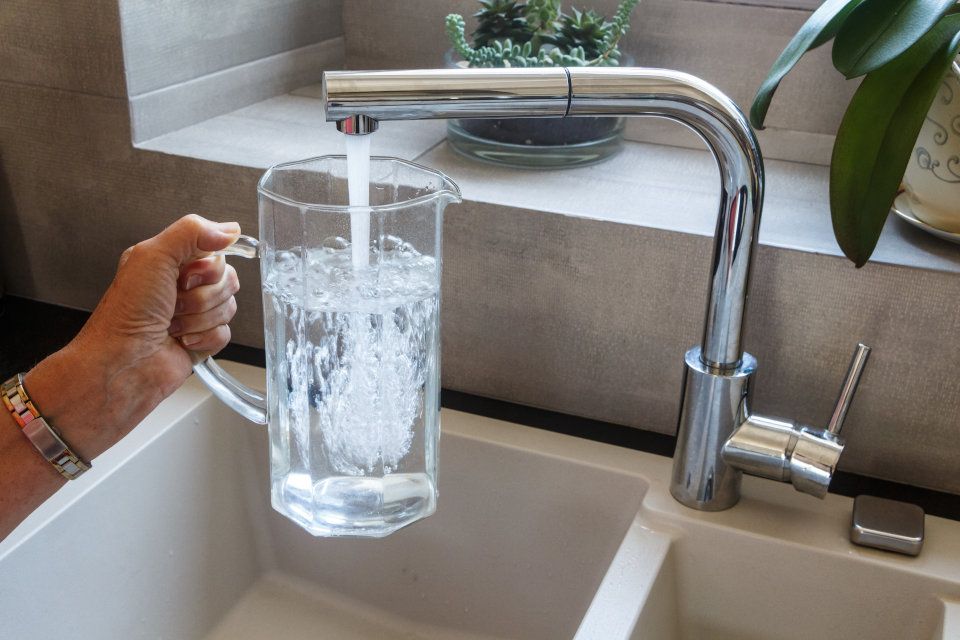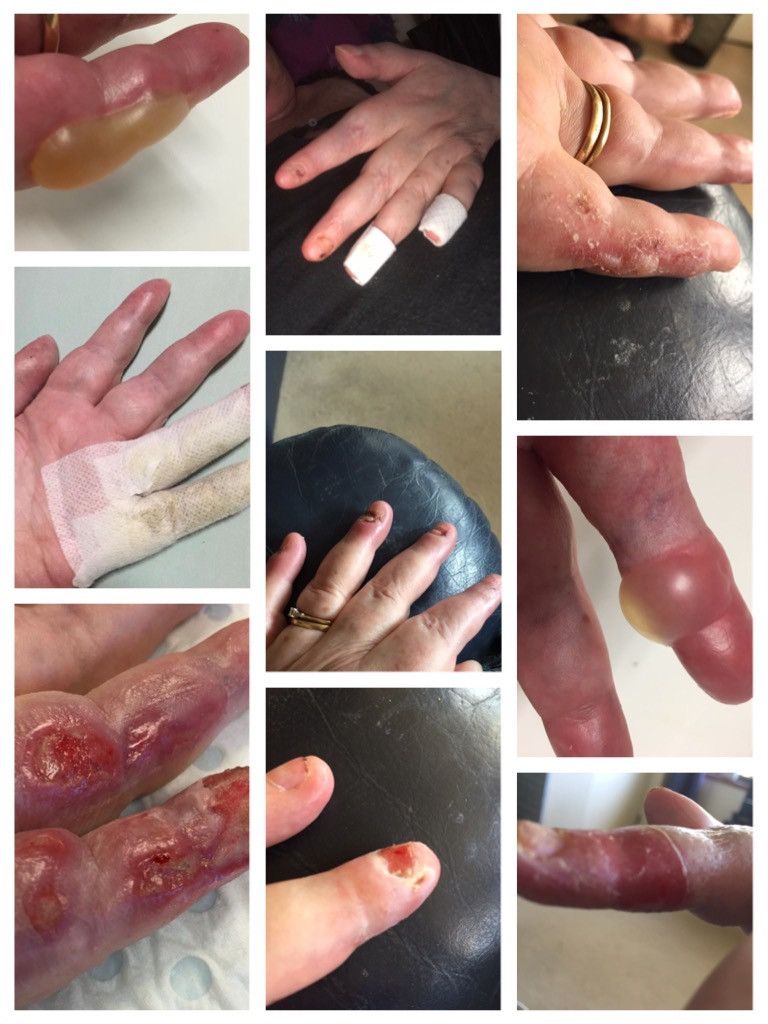How much Water is too much for Lymphoedema?
The body processes, moves and stores fluid to maintain homeostasis. Homeostasis basically means keeping your body in a good balance to be able to function at an optimum level.
Lymphoedema is formed when for some reason we are out of body balance and a watery solution becomes trapped in and out of our intercellular tissue spacing. The body finds it difficult in moving and removing this watery solution. Therefore, it stores this watery solution wherever it can. Slowly over time the person begins to gain weight and/or notices bulk in some areas of the body. These bulk areas can become very sensitive and painful to touch.
How can a person slow down this lymphatic dysfunction? It can take a lot of work; however early diagnoses is very helpful.
Firstly, it is best to understand the difference between water intake and fluid intake. Water intake means ‘water’. Water is made up of two chemicals – hydrogen and oxygen. Is coffee, tea, soft drinks, cordial drinks and alcohol counted as water intake? No, these are known as fluid intake, not water. There are more chemicals involved to create these forms of fluids. For example; cordial is water- hydrogen and oxygen plus colouring, flavours, sugars etc.
So, how much water is too much for the lymphatic system to deal with? If our bodies are approximately 70% water, how do we maintain this level? There are no set rules as each day changes. What activities we do or don’t do, our body and mental health level, the weather, the environment we are in (indoors verse outdoors) going from air conditioning to the hot outdoors, there are so many variables to consider to determine how much water is the right amount. Even the idea of having the availability of clean healthy water can be an issue for some people as they don’t have the luxury of going to the kitchen and turning on a tap to pour a glass of water.
It is suggested 1.5 to 2.5 litres of water a day is what a person requires to stay hydrated. If 1.5 litres is all you can manage in a day, then that is a great start. You will be the best judge for your hydration level and water availability as your days change and you begin to notice your thirst levels accordingly.
Pitting Method. You can do a self-check at the end of each day to see how you are going with your water/fluid intake level. The Pitting Method is as simple as placing your index finger on your shin and press moderately in for the count of 20. After lifting your finger away if there is a dimple, you are carrying extra water/fluid – your lymphatics need assistance to remove or move this water/fluid. Aim to fit in a bit more movement into your day to help circulate this water/fluid along.
The key point is: take notice of how your body wants and uses water. If you start to gain weight, ask yourself; is it because I am eating more than usual or drinking more processed fluids – such as savory-sweet sugary fluids? If you are not sure why you are gaining weight seek medical assistance sooner rather than later.

